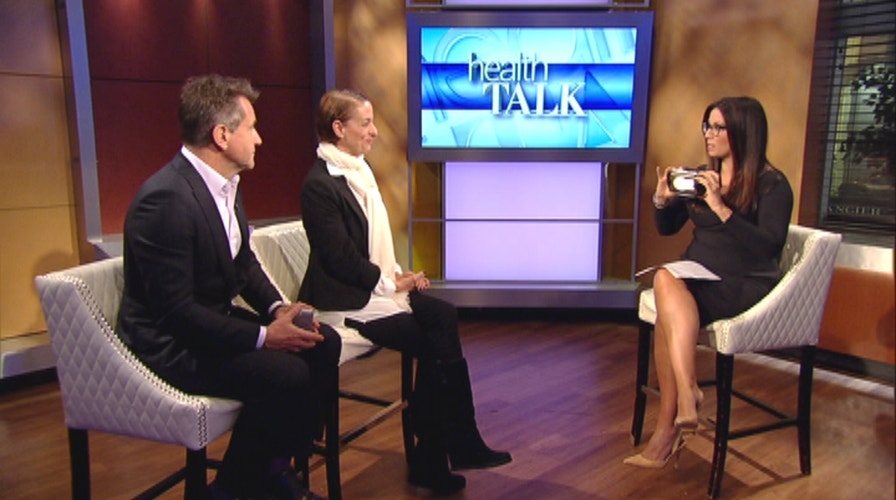‘Shark Tank’ judge unveils new cancer care inventions
To improve cancer care, ‘Shark Tank’ star Robert Herjavec has set out to unveil innovations from rising entrepreneurs. He sits down with Fox’s Julie Banderas to share what he discovered
Robert Herjavec is best known for spotting the next big business idea as one of the sharks on ABC's "Shark Tank,” but recently he set out to discover a different set of innovative ideas.
“My mom passed away from ovarian cancer in 2007, and it was really a hard time,” Herjavec told FoxNews.com. “And so this was a chance to get involved with technology that can aid oncology and patient care.”
It was through caring for his mother that Herjavec decided to partner with Astellas Oncology and become a judge for their C3Prize program, a contest designed to inspire novel, non-medicine ideas to improve cancer care for patients. In September 2016 at the Stanford Medicine X conference, five finalists were selected to pitch their ideas to Herjavec and a panel of experts.
“We saw everything from a ride-sharing program for people with cancer to a light source product, so there was a lot of stuff that really made people’s lives easier,” Herjavec said.
One of the first prize winners, Larry Pederson, of Seattle, Washington, co-founded The Litebook Company, which created a light technology to help patients suffering from exhaustion.
“When you go through chemotherapy, you get highly fatigued, and it changes your mood and depression,” Herjavec said. “You hold [the Litebook] to the side of your head, and it gives you radiation and light, and it helps with fatigue, and there’s actually a commercial application of it for jet lag.”
Diane Jooris, of Brussels, Belgium, was selected as the grand prize winner. She is the co-founder of Oncomfort, a company that designs virtual reality programs to help pediatric cancer patients manage stress and anxiety before, during and after their treatments.
“It’s very difficult for a child to envision how chemotherapy works into the body,” Jooris told FoxNews.com. “So the goal of one of our models is really to show to the kids what happens to the body— so it de-traumatizes chemotherapy, makes them feel part of the therapy and they’re having fun.”
The virtual reality program is viewed through goggles to show kids in a game-like format what cancer is and how the treatment will work.
“It’s a game that has been designed to help them visualize what happens with chemotherapy through the treatment. So they navigate through the blood vessels, and they send chemo juice to the cancer cells, so they are destroying cancer cells, not the healthy cells,” Jooris explained.
Jooris worked closely with mental health professionals and oncology specialists to help make the program optimal and kid-friendly.
Currently six hospitals are using Diane’s virtual reality program for pediatric patients in Europe and the United States.
When it comes to spearheading your ideas, Herjavec offered some advice for inspiring innovators.
“You have to find something that can actually execute and help people’s lives,” he said. “Don’t start a business, solve a problem.”
For more information on C3 Prize challenge, visit c3prize.com

